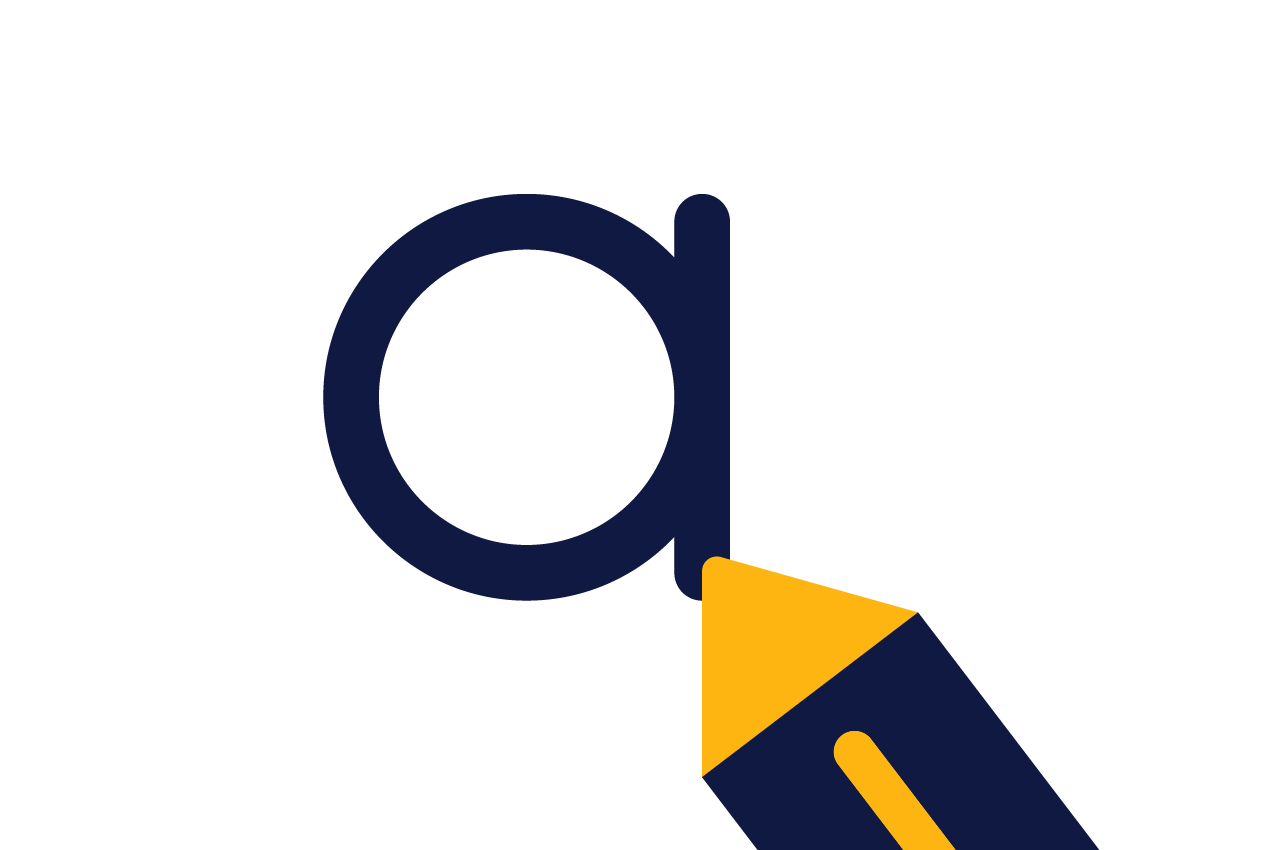Whether you've just finished your studies, are re-entering the workforce after taking a few years off, or looking to step up into a new role, every jobseeker in early childhood faces similar hurdles when looking for that perfect position.
To help you navigate these challenges and ensure you have the best chance of securing an early childhood education role, Randstad's experts in this field have developed this step-by-step guide.
step 1. decide what type of job is best for you
This sounds like a no-brainer. Wrong. You'd be surprised how many people seem to 'fall' into jobs without first confirming which direction they want to take.
Before you dive into your job search, ask yourself:
- do you want to work on a part-time or a full-time basis?
- How important is the location to you - do you want to be close to home, or are you willing to travel?
- What type of company would you like to work for - a long day care centre or a kindergarten?
- What job title/role do you want to apply for? Are you a passionate ECT, Room Leader or ready to be a Centre Manager?
- What is the size of the centre? Would you prefer an intimate workplace with less than 25 places or a more significant centre with over 100?
- What is the learning philosophy and approach of the centre? Do they mirror your values, and can you see yourself enjoying teaching at the centre?
Having a clear understanding of what you want will help you avoid roles that might be unsuitable in the long run.
It will also help your recruitment consultant understand what will and won't be the right fit for you and allow you to nail your interview, as you will be clear on why you are the right candidate for the role.

step 2. assess your situation - do you have the necessary skills/experience?
Once you've worked out precisely what you want, you may find that your current experience and skill-set do not quite match your preferred role. If you're unsure, search for a similar role online, and you should be able to see in the list of 'requirements' in the job description what employers are looking for. If you find that your skills do not match the role, don't be disheartened, as there are several ways you can achieve your career goals. For example:
- upskill by enrolling in a training course such as your Diploma in Early Childhood Education and Care
- volunteer to gain experience
- find a career mentor
step 3. write a winning resume
One of the most daunting aspects of looking for a new job can be working out how to write a resume that will stand out. A well-written, eye-catching resume can mean the difference between landing your dream job or settling for something second best.
Your resume should outline your skills and expertise and demonstrate why you'll be an excellent fit for the role and the centre. Read our how-to write a winning resume guide to get started.
step 4. search and apply
In the past, searching for a job meant buying a newspaper, circling the ads, posting your resume and then waiting around for a call - not anymore!
Now, the job hunt has become a much more streamlined process with thousands of roles at your fingertips online. The other thing you can do right now to increase your chances of finding a job is register your details with a recruitment agency like Randstad.
Our specialist consultants are experts in recruiting for jobs in early childhood and can connect you to roles that may not be advertised.
step 5. brush up on your interview skills - and nail it!
Does the thought of attending an interview get your heart racing and fill you with a sense of dread? Don't panic - this is normal.
Being interviewed doesn't need to be a horrible experience, and with our interview tips and hints, we'll have you feeling confident and ready to shine in no time.
Read our article to learn more about 'how to shine at your next interview'.




